2-Fluoro-Deschloroketamine (commonly abbreviated 2F-DCK) is a dissociative anesthetic belonging to the arylcyclohexylamine class — a chemical family that includes ketamine, PCP (phencyclidine), MXE (methoxetamine), and related analogues.
Its molecular formula is C13H16FNO, and it is structurally similar to deschloroketamine (DCK), differing by the substitution of a fluorine atom at the 2-position on the aromatic ring. This minor change significantly alters receptor affinity and potency, making 2F-DCK pharmacologically distinct.
In its pure form, 2F-DCK typically appears as white crystalline powder or small translucent crystals. It is also found in solution or pressed tablet form in unregulated online markets. It is not approved as a medication anywhere in the world.
Pharmacology and Mechanism of Action
Like other arylcyclohexylamines, 2F-DCK acts primarily as a non-competitive antagonist of the NMDA (N-methyl-D-aspartate) receptor, a subtype of glutamate receptor. NMDA antagonism interferes with excitatory neurotransmission, producing dissociation — a feeling of detachment from body, perception, and environment.
Additional pharmacological effects include:
-
Dopamine and serotonin transporter inhibition (mild, compared with stimulants)
-
Sigma-1 receptor activity, possibly influencing mood and cognition
-
Voltage-gated ion channel modulation, which can affect muscle tone and coordination
These interactions produce the characteristic dissociative, anesthetic, and hallucinogenic profile similar to that of ketamine but with distinct kinetics and potency.
Onset and Duration (Reported Data)
While no clinical pharmacokinetic studies exist, user and toxicology reports describe the following approximate durations:
| Route | Onset | Peak | Total Duration |
|---|---|---|---|
| Intranasal | 5–15 min | 30–90 min | 2–3 hours |
| Oral | 20–40 min | 60–120 min | 3–5 hours |
| Intramuscular (IM) | 2–5 min | 30–60 min | 1.5–3 hours |
The duration tends to be shorter and cleaner than that of MXE or PCP analogues, but longer than that of ketamine. Reports indicate that 2F-DCK may feel more clear-headed yet emotionally detached compared to ketamine’s dreamlike effects.
Subjective and Physiological Effects
Subjective dissociative effects (dose-dependent):
-
Depersonalization and derealization (“out-of-body” feeling)
-
Visual and auditory distortions
-
Analgesia and body numbing
-
Euphoria or emotional blunting
-
Time perception distortion
-
Cognitive disorganization and memory gaps
Physical effects:
-
Slowed movement and slurred speech
-
Loss of coordination
-
Nystagmus (rapid eye movement)
-
Nausea, dizziness, or vomiting
-
Increased heart rate and blood pressure (sympathomimetic)
-
At higher doses: catalepsy or temporary unresponsiveness
After-effects can include fatigue, confusion, anxiety, or depressive symptoms as NMDA activity rebounds.
These effects make 2F-DCK pharmacologically interesting but medically concerning due to unpredictable potency and the absence of standardized dosage data.
Forensic and Analytical Detection
2F-DCK has been detected in:
-
Seized powders and crystals
-
Postmortem toxicology samples
-
Biological fluids of impaired drivers
Detection typically requires LC-MS/MS or GC-MS with reference standards. Immunoassays for ketamine or PCP often fail to identify 2F-DCK due to its structural uniqueness. Analytical laboratories rely on spectral libraries and retention-time databases (e.g., SWGDRUG, Cayman Chem reference data).
Recent analytical studies by European and Asian forensic institutes have documented 2F-DCK’s mass fragmentation pattern and stability profile, supporting its identification in seized materials.

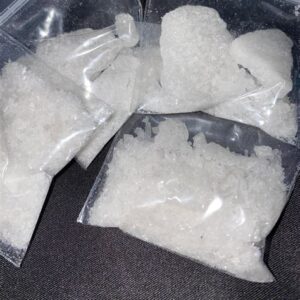
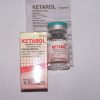
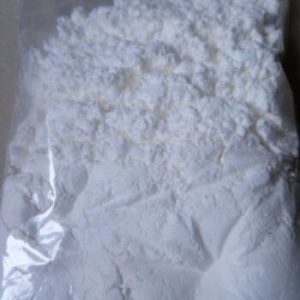
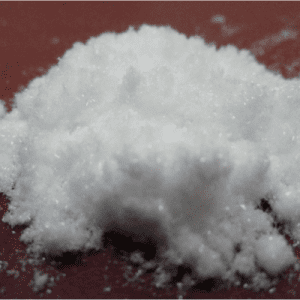
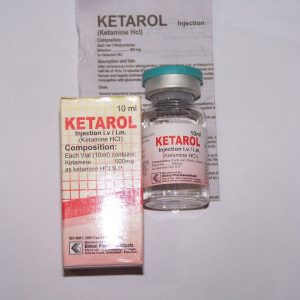
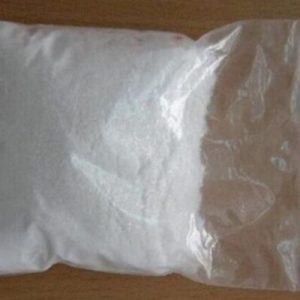

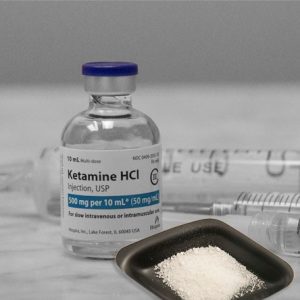
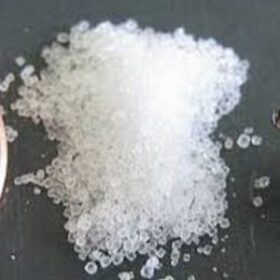
Reviews
There are no reviews yet.